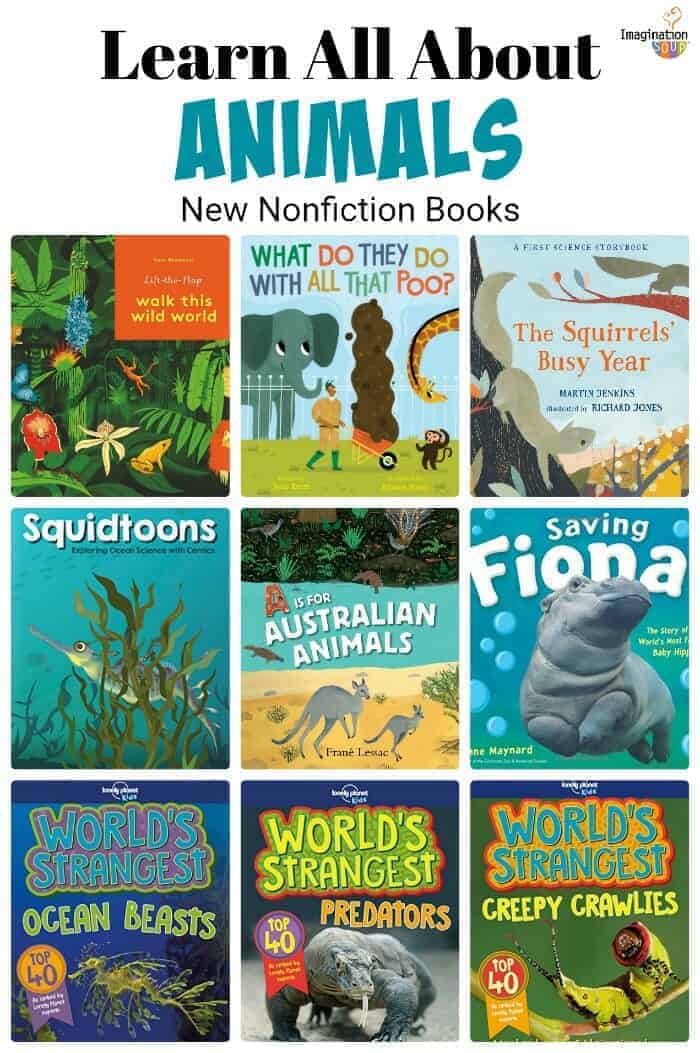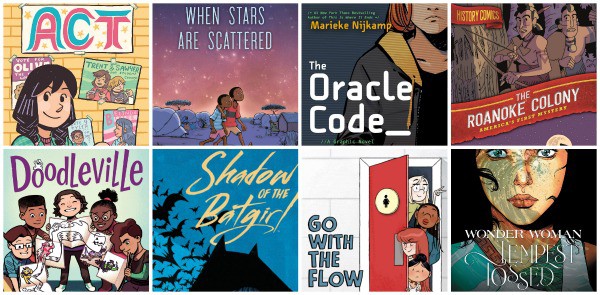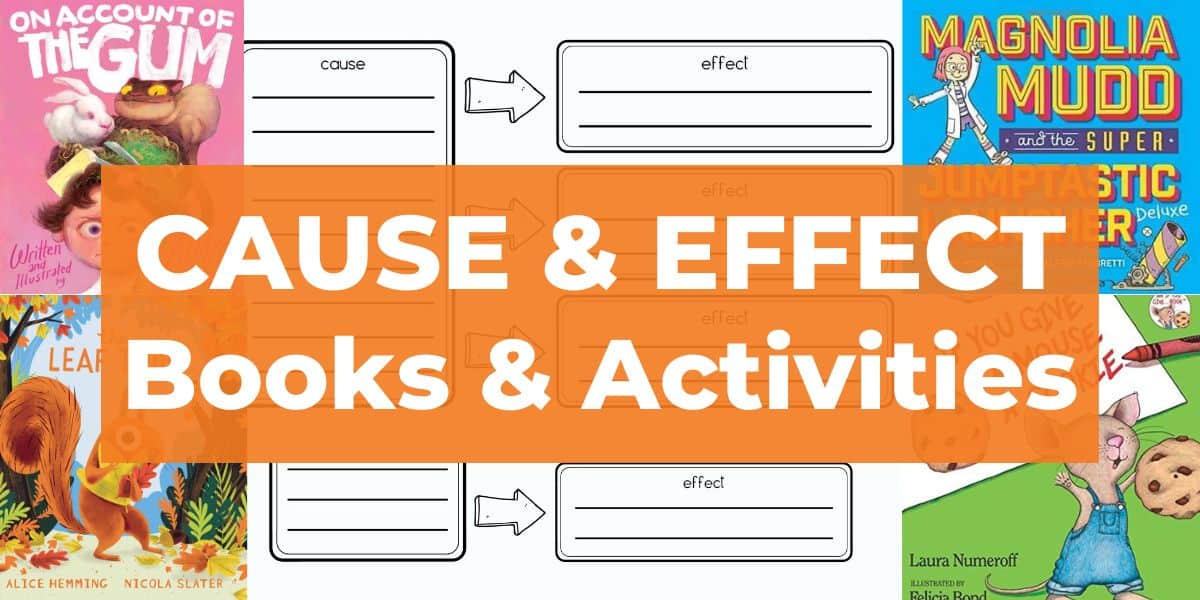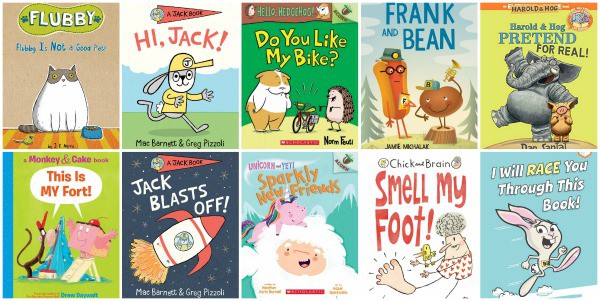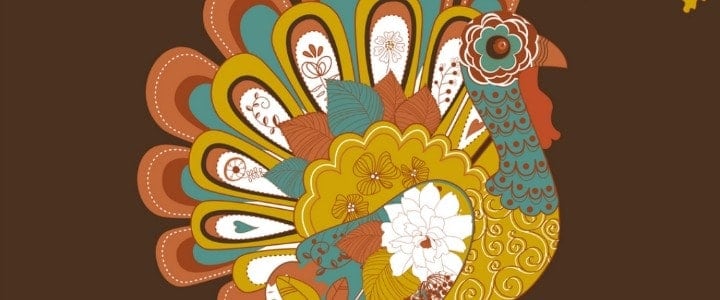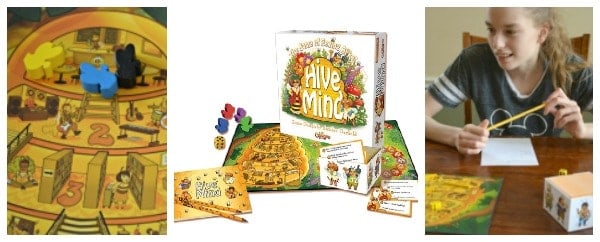Learn About Animals: New Nonfiction Books for Ages 4 – 14
This post may contain affiliate links.
 If your child enjoys reading about animal life, you’ll want to know about these new books. From picture to comics to nonfiction middle-grade, there is something for every age and most interests on this list of new books for kids.
If your child enjoys reading about animal life, you’ll want to know about these new books. From picture to comics to nonfiction middle-grade, there is something for every age and most interests on this list of new books for kids.
Learn About Animals: New Nonfiction Books for Ages 4 – 14
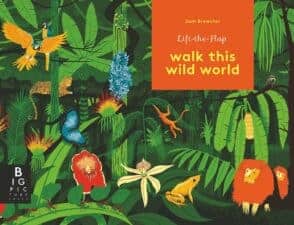
Walk This Wild World: Lift the Flap by Sam Brewster
Starting with the Arctic, visit different ecosystems on each two-page spread. A simple paragraph of text introduces the ecosystem. Lift the flaps to discover animal life information pertinent to each area. For example, in the Sonoran Desert, you’ll read about Pepsis wasps who sting tarantulas. In the Congo, lift the flap to see a bongo antelope and read, “Bongo antelopes tend to stay out of sight among trees.” I particularly like the Hebrides off the coast of Scotland where puffins live (I want to see one in real life so badly!). I can read how puffins make their nests in steep cliffs using seaweed, feathers, and grass. You’ll journey around the world, learning as you read the eighty flaps and information from 11 ecosystems. Track your progress using the large world map at the back. Interactive and informative making this appealing to kids and parents.
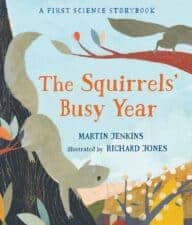
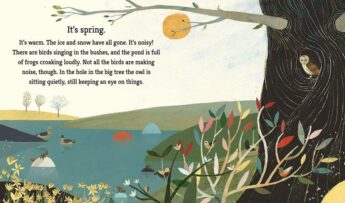
The Squirrels’ Busy Year (A First Science Storybook) by Martin Jenkins, illustrated by Richard Jones
Follow the owl and squirrels as they go through a year. The book starts with winter. The squirrels are “curled up in their cozy nest“. Each season shows readers the different weather and behavior of the animals. It’s a lovely introduction to seasons and animals. (Added to: Picture Books to Teach Children About the Seasons)
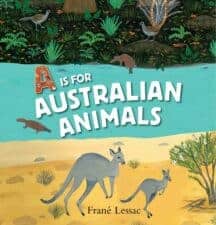
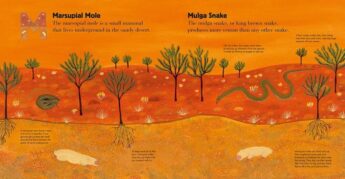
A is for Australian Animals by Frane Lessac
Gorgeous artwork showcases the animals of Australia with digestible tidbits of information about each one. Australia has some of the most interesting wildlife I think — emus and numbats, platypus and yabby. You’ll learn a lot from this picture book. Add this to your classroom library, your kids will thank you.
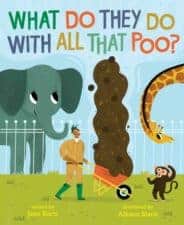
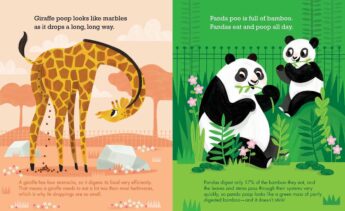
What Do They Do With All That Poo?
There’s potty humor and then there are books literally about poop. This is the later. Depending on your tolerance for grossness, this book might just fascinate you and your kids. We love it! Learn about the poop of different zoo animals — pandas, hippos, elephants, hyenas, bats, and more. You’ll read what’s in each animal’s poo, the shape and color, and other pertinent facts. “Each rhino’s poop has its own unique smell. Rhinos smell dung to gather information about one another.” Then, the book answers the title’s question –what does the zoo do with so much poop? Well, they put it in trucks and dump it into landfills, send some to scientists, or make compost. Among other things. If you’ve ever been curious about animal poop, quell your curiosity with this informative picture book.
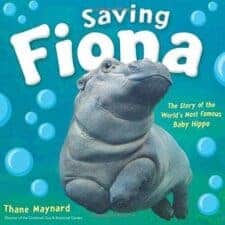
Saving Fiona The Story of the World’s Most Famous Baby Hippo by Thane Maynard
At the Cincinnati Zoo & Botanical Garden, two new hippos have a premature baby. This story tells about that baby named Fiona. Can the staff keep baby Fiona alive? See how they get her to drink milk from a bottle, breath, stay hydrated, and grow. Photos and narration document this hippo’s incredible journey including her eventual reintegration with her parents. Backmatter shares a bit more about the two different species of hippopotamus. See more of Fiona stardom on social media here. If you’re like me, you won’t be able to put this book down.
Nonfiction Comic: Sea Creatures
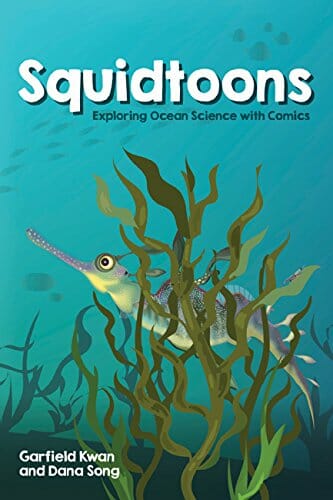
Squidtoons: Explore the Ocean with Comics by Garfield Kwan and Dana Song
I’m trying to find a good way to describe this unique book. It’s nonfiction content but with a very different format. (See examples here.) Here goes: The pages are all illustrated so it’s a graphic novel with comic-style illustrations containing dialogue, different colored and sized typeface text, and seemingly random topics from the weedy seadragon to the California mantis shrimp. My daughter devoured this book, finding both the information and presentation engaging. I struggled to find an organization to the book while reading about the different sea creatures — and the particular typeface used wasn’t appealing to my grown-up eyes. However, I see that this book is densely packed with great information. If kids like it, hooray! If they learn from it, even better. Added to: Nonfiction Books for 10 Year olds, Nonfiction Books for 11 Year Olds
Nonfiction: Lonely Planet Kids World’s Strangest Series
(Download a free preview pdf here.)

Worlds Strangest Creepy-Crawlies Top 40 Weird and Wonderful Hair-Raising Bugs
Big, bold text and huge color photographs catch your attention immediately starting with #40, the elephant beetle and ending with #1, the exploding ant. Huh!? Yes, this ant from Malaysia explodes and dies — yikes! Each bug featured gets a 1- or 2-page spread including important facts, a habitat map, photographs, and ratings on the “strangeometer” for creepiness, superpowers, bug beauty, and fight factor. Irresistible! Added to: Best Books for 9-Year-Olds
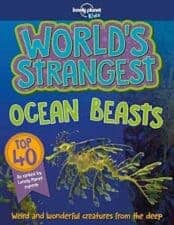
World’s Strangest Ocean Beasts Top 40 Weird and Wonderful Creatures from the Deep
Holy cow — giant clams to exist and not just in Moana! And the dumbo octopus is totally wild. This underwater book of weirdness is filled with fascinating creatures.
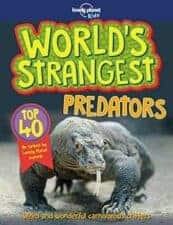
The World’s Strangest Predators Top 40 Weird and Wonderful Carnivorous Critters
Do you know about predators? You might be surprised to learn that #40 on the list is the short-tailed shrew — a tiny terror with venom glands who is a predator to frogs and mice. Learn more about weird predators in this unique book that includes the Tasmanian devil, tentacled snake (so gross), pirate spider, and #1 — the honey badger! And to think, I thought honey badgers only ate honey. It does but it also will eat anything! Yikes.
